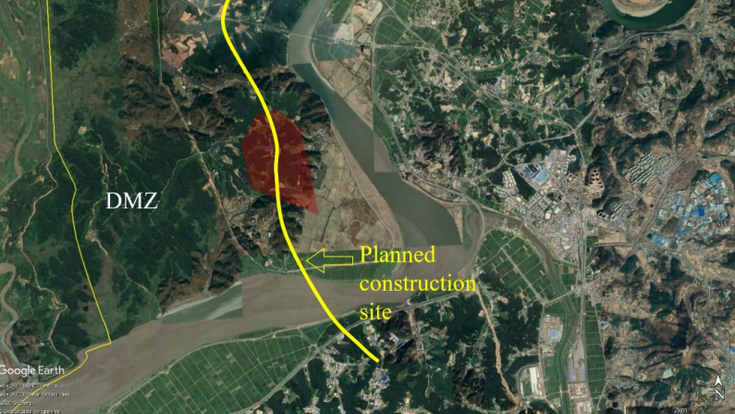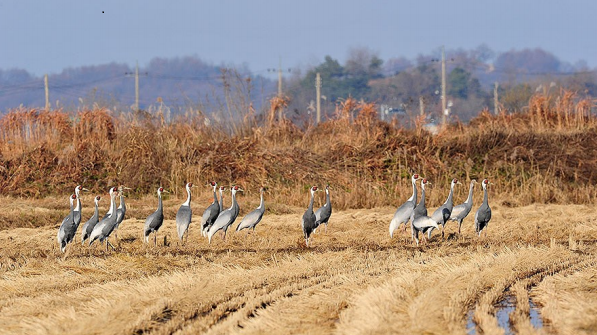Opinion
Why the Korean DMZ Ecosystem Should Be Protected
The western part of the DMZ alone represents the home for 50% of all endangered bird species of South Korea. The 70 years of division and lack of human intervention have led to a regeneration of the area’s ecosystem thus becoming of significant ecological value. Since the CCZ has been found to have a highly biodiverse environment, the DMZ is expected to be even more environmentally outstanding and valuable. Hence, the DMZ Ecology Research Institute argues that the area “should be designated a natural heritage shared by both Koreas to promote peace”.

Since it was founded in 2004, DMZECORI has conducted species surveys in the DMZ and CCZ areas while pursuing the goal of establishing equality between man and nature while ensuring that development does not come at the cost of nature. Thus, it is in great disapproval of the conditional approval Therefore, the approval for the construction of the Korea Expressway Corporation’s Munsan-Dorasan Highway’s (MDH) Strategic Environmental Assessment as part of the so-called “reconciliation project” between South and North Korea was received with great incomprehension and frustration since it poses a great threat on the local ecosystem.

The DMZECORI especially criticizes that in a current situation with the inter-Korean relations in an unstable state, projects like the construction of the MHD are out of place. It also points out that, while the initial plan of the project was the optimistic belief to further improve the inter-Korean relationship, it is now merely carried out by the South Korean government instead of being a joint project. Hence, DMZECORI argues that the execution of such a large-scale project would not be beneficial but only at the cost of the DMZ ecosystem, mentioning the devastating impact of earlier projects being carried out in the area. Minimizing or reversing the damage done to the environment by construction activities would be extremely difficult. DMZECORI emphasizes that especially the populations of White-naped and Red-crowned cranes have already severely suffered due to the increasing anthropogenic activities in the area and that further destruction of its habitant might drive them to extinction.

Thus, the DMZECORI argues that a decision like the construction of MDH should only be made by future generations when reunification is at hand or the inter-Korean relations have become stable in the long term. In general, it emphasizes the DMZ ecosystem as an area of great national values since it has only appeared amid the cost of war and Korea’s separation. It is a zone where both Koreas together with international conservation organization could cooperate hand in hand to secure the biodiversity in the DMZ together.
The European Green Belt in Germany could function as a role model for a peaceful future scenario on the Korean Peninsula. The almost 1400 km long area along the former inner-German border represents the largest biotope network in Germany, being home to 600 threatened species.
DMZECORI has published numerous articles on their website. You can also visit their Facebook page if you want to get to know more about their work (mostly in Korean).
Please also find interesting articles with more detailed information on the Green Belt and the Hangang Estuary, and the possibility of ecotourism in the area published on our Website.
